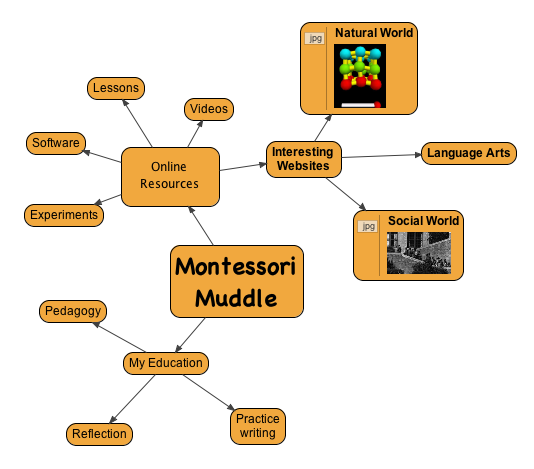
Personal World is the time for introspection. Every day students get a chance to think about themselves and, hopefully, about how they think. Thinking about your own thinking is called meta-cognition, and there is growing scientific evidence that it is an important life skill that leads to better decision making.
According to Jean Paiget’s theory of cognitive development students only begin to develop the capacity for abstract and meta-cognitive thinking in the middle school years. However, further research has shown that only about 30-35% of high schoolers actually develop the skill (it’s called “formal thinking” or “formal operations“). The brain develops the capacity for formal thinking in early adolescence, but people do not naturally move into that stage; school and the right environment are important.
For formal operations, it appears that maturation establishes the basis, but a special environment is required for most adolescents and adults to attain this stage. – Huitt, W., & Hummel, J. (2003)
The requirement that students spend some time in introspection is one key way that Montessori adolescent programs try to promote formal thinking.
Finally, Jonah Lehrer, a journalist who writes a lot about how people think and makes decisions, points out the importance of metacognition in the qualities that make for a good president.
some studies suggest that when confronted with a complex decision – and the decisions of the president are as complex as it gets – people often do best when they rely on their gut feelings …
However, it has also become clear that listening to your instincts is just a part of making good decisions. The crucial skill, scientists are now saying, is the ability to think about your own thinking, or metacognition, as it is known. Unless people vigilantly reflect on how they are making an important decision, they won’t be able to properly use their instincts, or know when their gut should be ignored. Indeed, according to this emerging new vision of decision-making, the best predictor of good judgment isn’t intuition or experience or intelligence. Rather, it’s the willingness to engage in introspection” – (Lehrer, 2008; emphasis mine)



